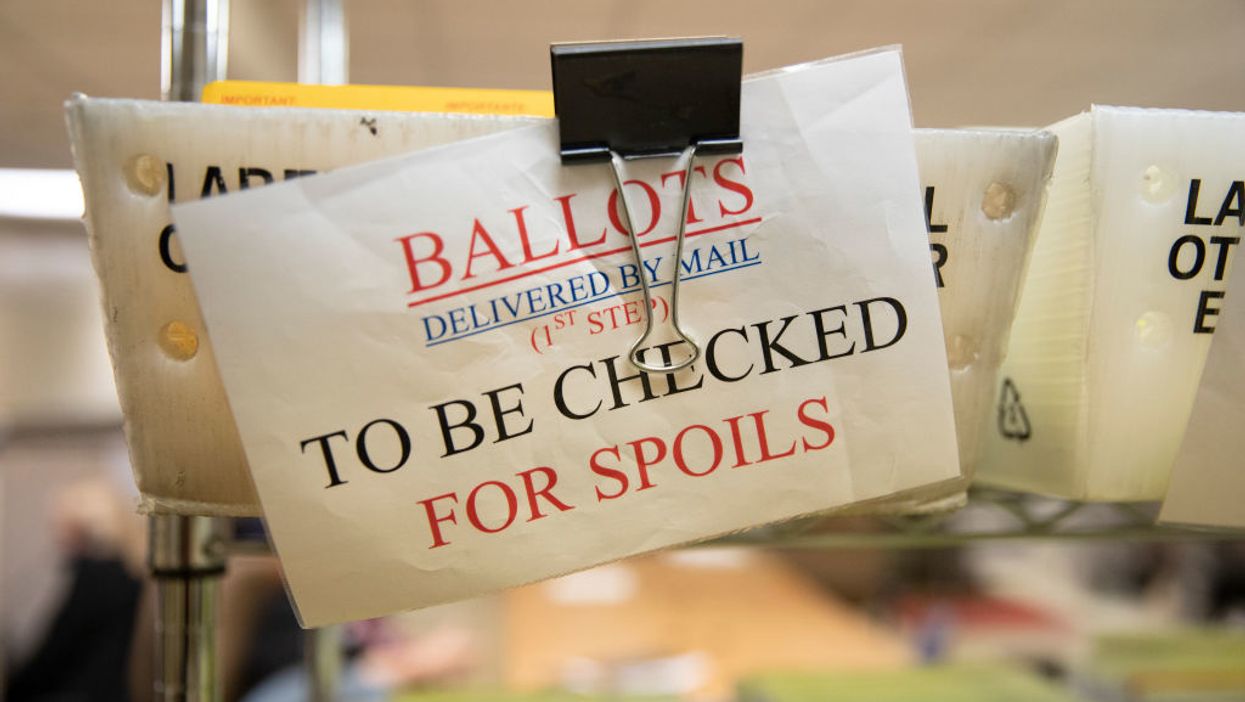Pennsylvanians who need absentee ballots will now be able to apply online, starting with this year's municipal elections. Democratic Gov. Tom Wolf announced the new system on Monday, a week before the applications open, according to The Philadelphia Inquirer.
Pennsylvania's deadlines to apply for and return absentee ballots are three days apart, and in previous elections, voters have failed to make the turnaround, leaving thousands of ballots uncounted — more than just about every other state. Wolf said he hopes the change "will make the process faster and more accessible for thousands of voters."





















